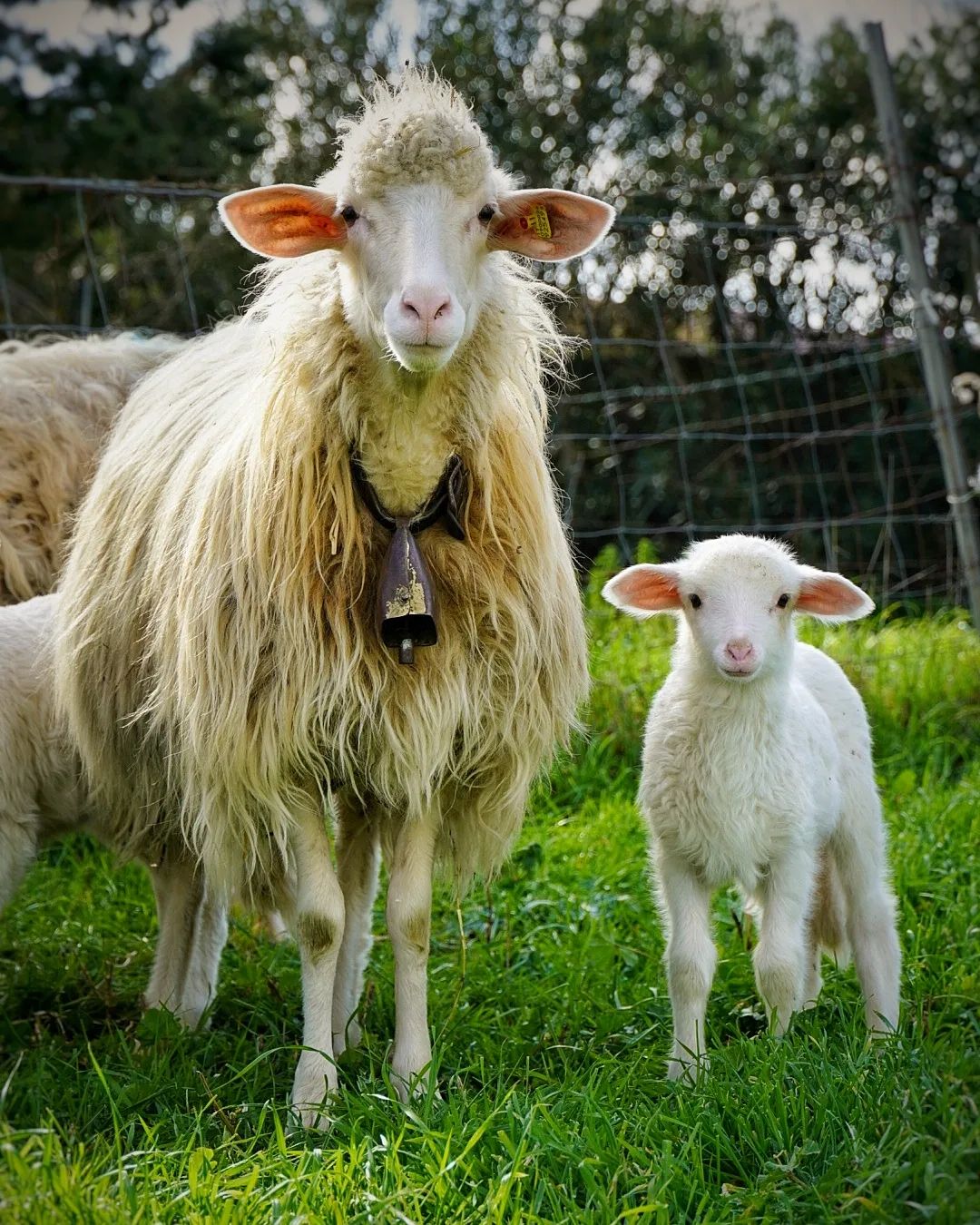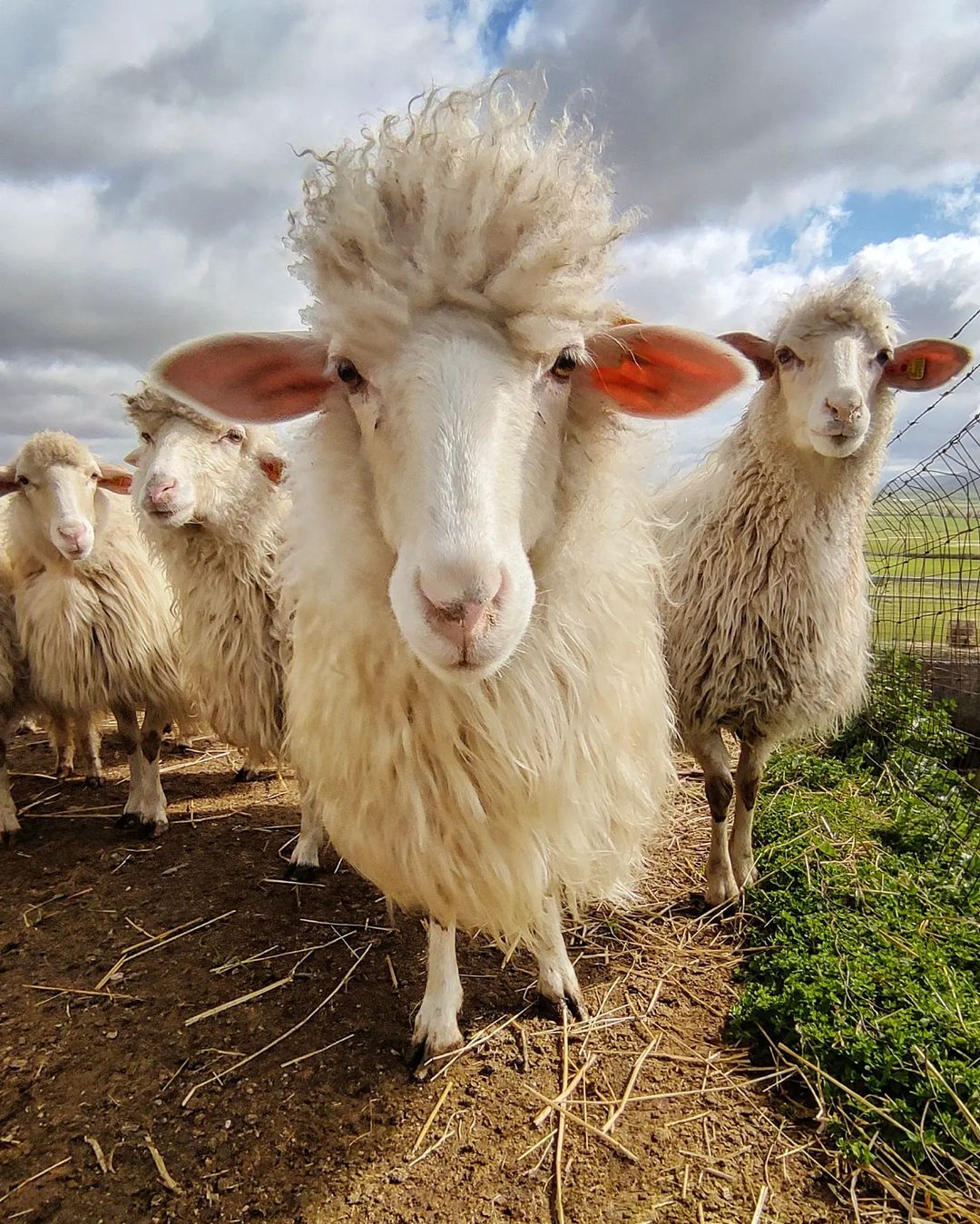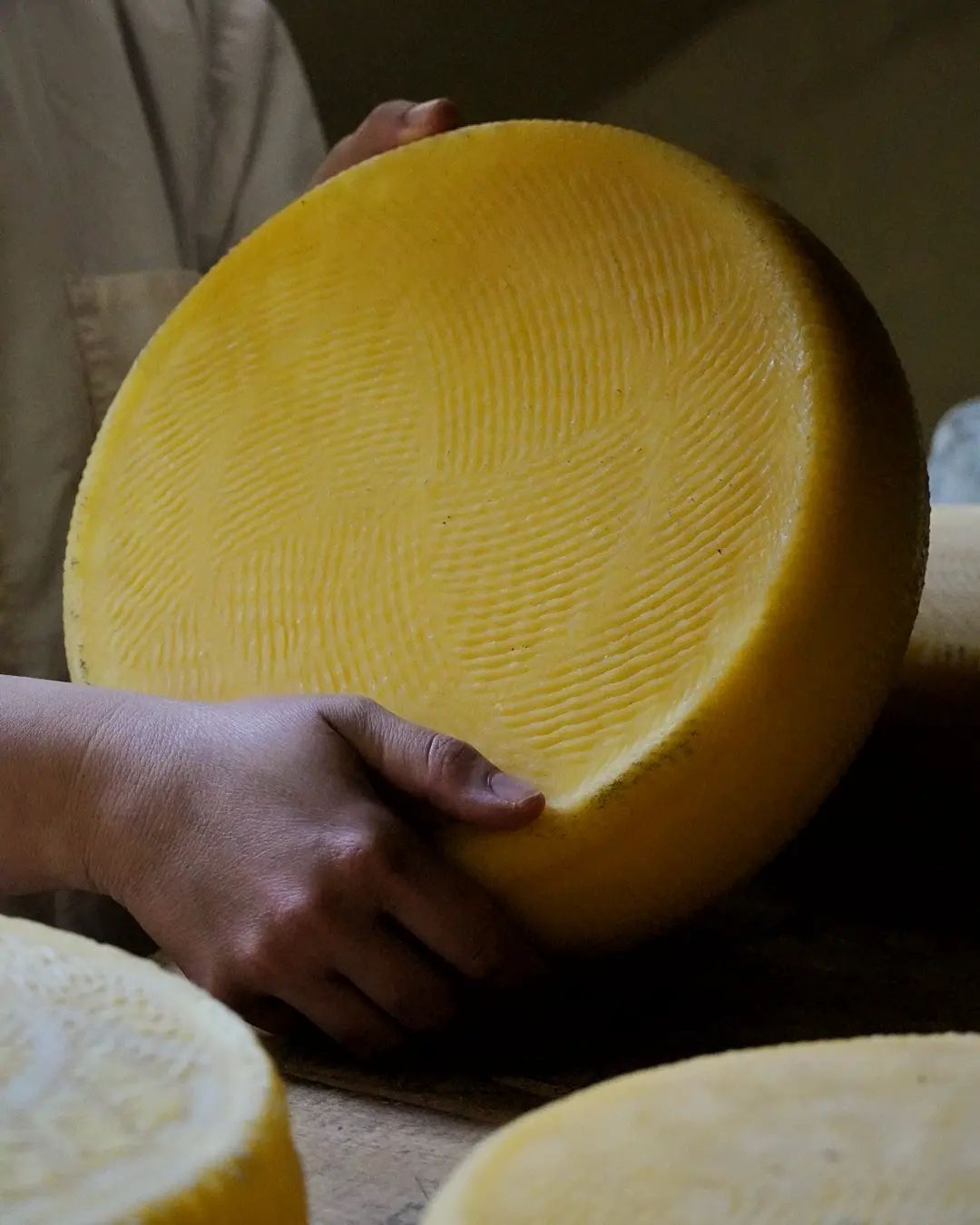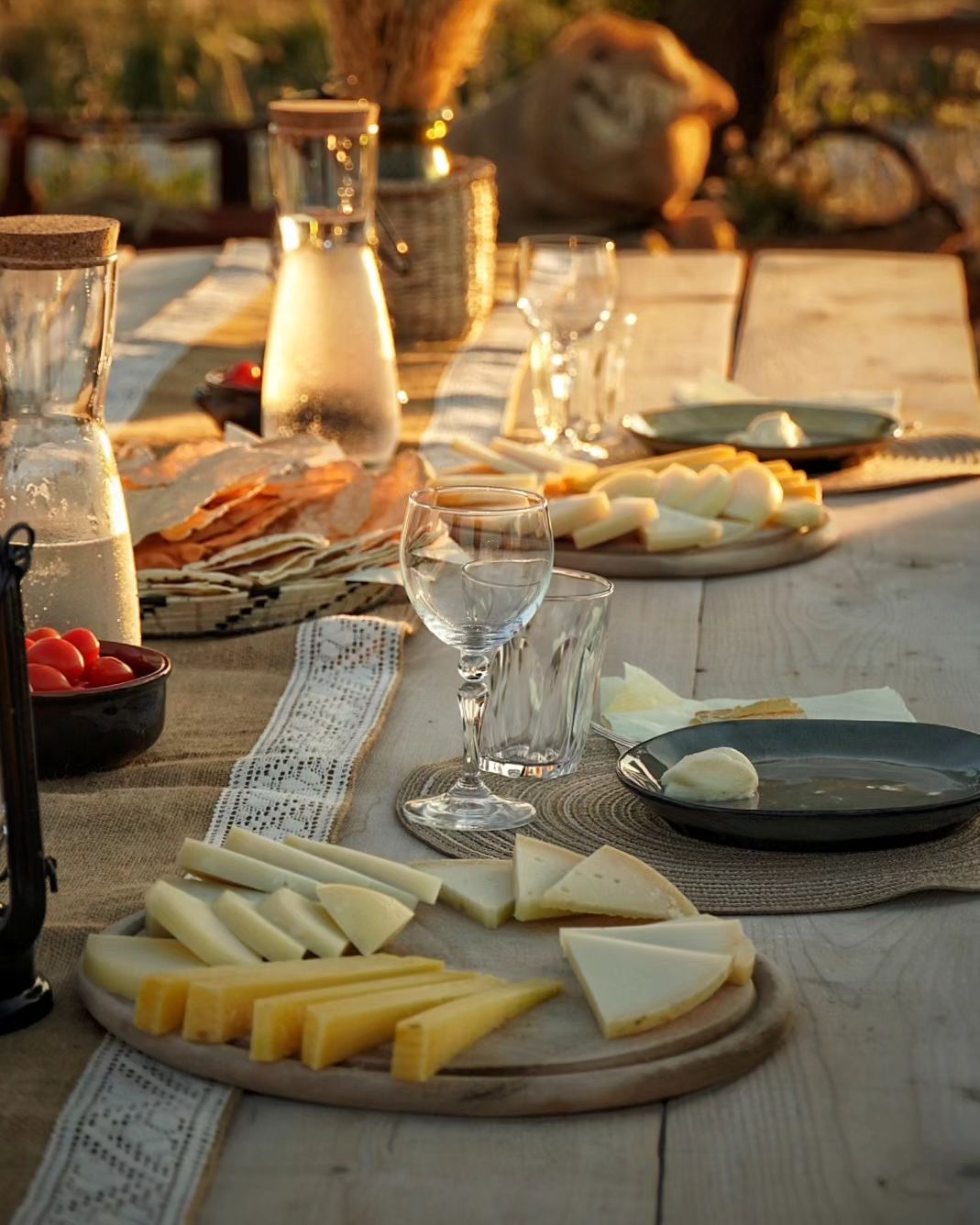The long-reigning, and undisputed, king and queen of Italy’s royal cheese canon are Parmigiano Reggiano and Pecorino Romano. The former, an aged cow’s milk cheese from Emilia-Romagna, and the latter, an aged, sheep’s milk cheese from… actually, most of the time not Rome, or even the surrounding region of Lazio. Today, if you happen to get your hands on some authentic Pecorino Romano in Rome, you’re likely eating cheese made about 350 km away, on the island of Sardinia.
In Italian, “pecorino” simply means any type of sheep’s milk cheese, and i’s quite literally the stuff of Ancient Roman lore: the poet Virgil famously documented how the cheese, as a key staple of the Roman soldier’s daily diet, helped to fuel the empire. Today, there are nine distinct, legally regulated varieties spanning different regions of the Italian peninsula, and the most famed is easily Pecorino Romano. Across the world, in name and in cultural tradition, the salty, infinitely reliable table cheese is synonymous with Rome and Roman cooking–headlining in cacio e pepe, gricia, and carbonara–but its origin story and source are almost entirely overlooked.
An island best known for stunning coastlines like the Costa Smeralda and the Golfo di Orosei, Sardinia also boasts a diverse topography that includes a vast interior with plains, hills, and rugged mountains, as well as a tradition of shepherding that goes back to the Nuragic civilization of the Bronze Age. Many ancient Sardinians were pastoral nomads and, over centuries, developed specific customs centered around the seasonal grazing movements of their livestock. The center of their culture was the breed of sheep they reared, the Sarda, popular for its docile attitude, sparse grazing habits, and ability to produce a lot of milk. And, as all Italians know, the only acceptable thing to do with said milk is to make cheese.
Then came the onset of industry. In the 19th century, a large amount of industrial-level cheese production moved from Lazio to Sardinia as many of Lazio’s cheesemakers and dairy farmers found themselves moving to (or doing business in) Sardinia to take advantage of the bounty of the island–the milk from the Sarda as well the space available for more sheep to graze. Further, according to legend, in 1884 the Roman City council passed a law banning the salting of cheese within Rome’s city limits. However, to make any type of pecorino, the milk must be heated, coagulated, molded, and then vigorously salted in a dry brine, reapplied three or four times throughout the process to give the cheese its distinctive flavor. Romans were not about to give up eating their staple cheese, so Pecorino Romano became the most widely produced–and exported–cheese in Sardinia.
In the postwar period of the 1960s, many mainland Italians began to abandon farming in search of industrial work in major cities, and Sardinians found themselves relocating for economic opportunity; the Italian government offered Sardinians huge farms on the mainland for low, low prices, and, in exchange, the islanders brought their Sarda sheep and cheesemaking skills back to the boot. Through these migrations, the respective regional traditions of cheesemaking slowly became further and further enmeshed with each other.
Thirty-ish years later, in 1996, Pecorino Romano was awarded DOP status, with a regional basis in Macomer, Sardinia. Due to the storied history of the cheese, the DOP allows for Pecorino Romano to be made with milk from Sardinia, Lazio, and the province of Grosseto in Tuscany, although today over 90% percent of all legally designated Pecorino Romano is produced in Sardinia by big industry and breeder cooperatives. From 2021–2022, Sardinian dairies produced about 30,000 tonnes of the cheese, clearly carrying the weight of an industry that reported 600 million euros in sales last year.

Beyond Romano, Sardinian pecorino comes in many shapes and sizes: younger pecorino cheeses (dolci) are aged as little as 40 days, have a softer texture, and tend to be milder and more buttery in flavor. More mature varieties (maturi) are aged for four to six months or longer, are harder in texture, and tend to have a saltier, more intense flavor. Pecorino Romano is one of these, aged for anywhere between five to ten months. For a time, the most popular pecorino cheese in Sardinia was the fiore sardo—a smoked, semi-hard cheese made with raw Sarda milk heated in copper boilers, coagulated with lamb rennet to produce curd, deposited in wooden molds with an engraved flower (hence the fiore in the name), and aged for eight months, developing a rustic, natural brown rind.
Perhaps adventurous readers have heard of another ancient pecorino, now banned from commercial sale: the casu marzu, made by leaving the fiore sardo outside with part of the rind removed so flies can lay eggs inside. When the eggs hatch and turn into maggots, the insects eat the cheese and digest the proteins, turning the product from a semi-hard cheese into a soft, creamy one. When it can be found, locals and enthusiastic gastronomes will eat the cheese–maggots and all–on a traditional thin flatbread called pane carasau. It’s incredibly pungent and appallingly wiggly, with a remarkably spicy aftertaste.
In many ways, Sardinians have left their mark on Italy’s entire pecorino industry. Today, there are an estimated three million Sarda sheep raised in Sardinia–outnumbering people on the island almost two to one. But where does that leave Sardinians looking to keep local traditions and artisan cheesemaking methods alive?
Sardinian native and cheesemaker Agnese Cabigliera is one woman who’s devoted her life to the future of pastoralism in Sardinia. Today, Agnese’s Azienda Cabigliera & Zidda raises 250 Sarda sheep—as well as 60 Sardo Bruna and Pezzata Rossa breed cows—on 100 hectares of land in the Ozieri area and produces cow’s, sheep’s, and mixed raw milk cheeses according to traditional methods and without the use of additives. For Agnese and many like her, however, it’s about more than just the cheese-making: local customs around dairy “always concern sharing the fruit of the shepherd’s work with those who do not carry out the work.” On the island, making and giving cheese is also “a symbolic means of strengthening social bonds,” she shares, and every year, Agnese and her family gift fresh pecorino cheese to their closest friends, “who use it to prepare casadinas, cheese-based desserts typical of the Easter period.”
It’s a kind of generosity indicative of how Sardinians have deeply influenced the world of pecorino. For centuries, Sardinans have given their land, livestock, skills, and traditions for the benefit of the rest of the country and world–and have gone largely unrecognized and uncredited for it. So, next time you grate some Pecorino Romano onto your pasta or encounter a fiore sardo on your cheese plate, try to remember that you’re tasting the work of thousands of years of history and passion, originating from a mighty island in the middle of the Tyrrhenian Sea.







